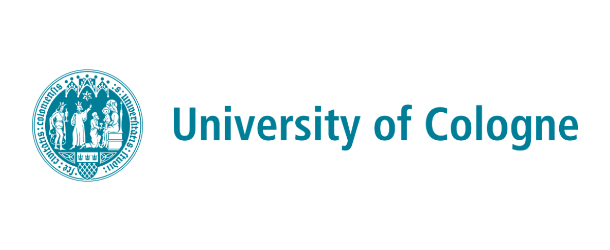Quantum computing needs a balance of order and disorder

(TechnologyNetworks) Research conducted within the Cluster of Excellence ‘Matter and Light for Quantum Computing’ (ML4Q) has analysed cutting-edge device structures of quantum computers to demonstrate that some of them are indeed operating dangerously close to a threshold of chaotic meltdown. The challenge is to walk a thin line between too high, but also too low disorder to safeguard device operation. The study ‘Transmon platform for quantum computing challenged by chaotic fluctuations’ has been published in Nature Communications. IQT-News summarizes article originally from the University of Cologne that discusses the research findings.
It’s an old stability precaution: When large groups of people cross bridges, they need to avoid marching in step to prevent the formation of resonances destabilizing the construction. Perhaps counterintuitively, the superconducting transmon qubit processor – a technologically advanced platform for quantum computing favoured by IBM, Google, and other consortia – relies on the same principle: intentionally introduced disorder blocks the formation of resonant chaotic fluctuations, thus becoming an essential part of the production of multi-qubit processors.
To understand this seemingly paradoxical point, one should think of a transmon qubit as a kind of pendulum. Qubits interlinked to form a computing structure define a system of coupled pendulums – a system that, like classical pendulums, can easily be excited to uncontrollably large oscillations with disastrous consequences. In the quantum world, such uncontrollable oscillations lead to the destruction of quantum information; the computer becomes unusable. Intentionally introduced local ‘detunings’ of single pendulums keep such phenomena at bay.
‘The transmon chip not only tolerates but actually requires effectively random qubit-to-qubit device imperfections,’ explained Christoph Berke, final-year doctoral student in the group of Simon Trebst at the University of Cologne and first author of the paper. ‘In our study, we ask just how reliable the “stability by randomness” principle is in practice. By applying state-of-the-art diagnostics of the theory of disordered systems, we were able to find that at least some of the industrially pursued system architectures are dangerously close to instability.
The study of disorder in transmon hardware was performed as part of the Cluster of Excellence ML4Q in a collaborative work among the research groups of Simon Trebst and Alexander Altland at the University of Cologne and the group of David DiVincenzo at RWTH Aachen University and Forschungszentrum Jülich. “This collaborative project is quite unique”, says Alexander Altland from the Institute for Theoretical Physics in Cologne. “Our complementary knowledge of transmon hardware, numerical simulation of complex many-body systems, and quantum chaos was the perfect prerequisite to understand how quantum information with disorder can be protected. It also indicates how insights obtained for small reference systems can be transferred to application-relevant design scales.”
David DiVincenzo, founding director of the JARA-Institute for Quantum Information at RWTH Aachen University, draws the following conclusion: ‘Our study demonstrates how important it is for hardware developers to combine device modelling with state-of-the-art quantum randomness methodology and to integrate “chaos diagnostics” as a routine part of qubit processor design in the superconducting platform.’
Sandra K. Helsel, Ph.D. has been researching and reporting on frontier technologies since 1990. She has her Ph.D. from the University of Arizona



















